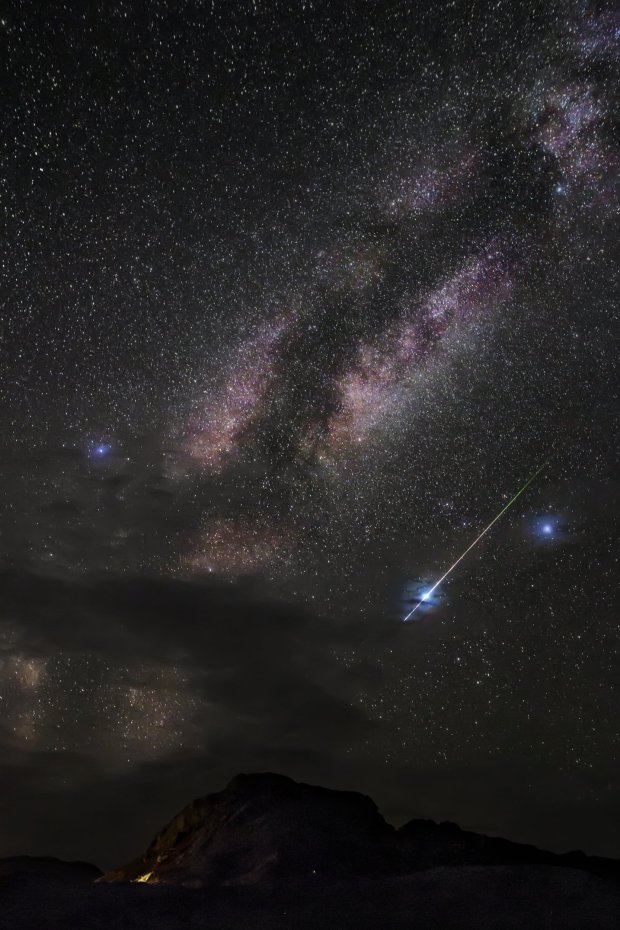
The Perseids Meteor Shower 2017 Falls Victim To Fake News
You have plenty of time to see the Perseids Meteor Shower as it will take place on Friday, August 11 to Sunday, August 13. When it comes to astronomical events, this year’s annual Perseid meteor shower is in serious danger of being, shall we say, eclipsed.
Although it will go on for a few days it will peak on Saturday, August 12. The Perseid meteor shower comes every year between July 17 and August 24 and gets its name from the Perseids constellation. But that hasn’t kept it from becoming yet another casualty of fake news.

The shower will be best seen from the Northern Hemisphere, so the UK is in for a show if you look to the north-eastern part of the sky. You won’t need any fancy equipment to spectate this wonderful astrological event as the naked eye is the best choice to view the meteor shower.
Your own worldly view will be enough as it is preferable to be able to see all of the sky at the same time so you can see more streaking fireballs that may be shooting across. Several sources include the added imperative that, regardless of your age, it is probably the last chance to see anything that even comes close, meteor-wise.
A meteor’s course can go anywhere in the sky but when you see it they will all seem to originate from the same place the shooting stars tails will all point back to the same spot in the sky. This is because all the meteors are coming towards earth at the same angle, as they get closer to earth the effect of perspective makes them seem to get further apart.

If there is a full moon or a nearly full moon, you may not see as many meteors. Bill Cooke is trying to set the record straight. And as head of NASA’s Meteoroid Environment Office at Marshall Space Flight Center, he ought to know. “No such thing is going to happen,” Cooke says.
“For one thing, the Perseids never reach storm levels (thousands of meteors per hour). At best, they outburst from a normal rate of 80-100 meteors per hour to a few hundred per hour,” he says in a statement.
“Lots of people head out to their hammocks or sprawl out on a sandy beach or grassy lawn, talk quietly, check their phones, and share a few laughs to the shower’s paired rhythms spells of sweet languor punctuated by sudden bursts of meteoric excitement. I like a reclining lawn chair, a warm coat, and camera at my side just waiting for that jaw-dropping javelin of light.”